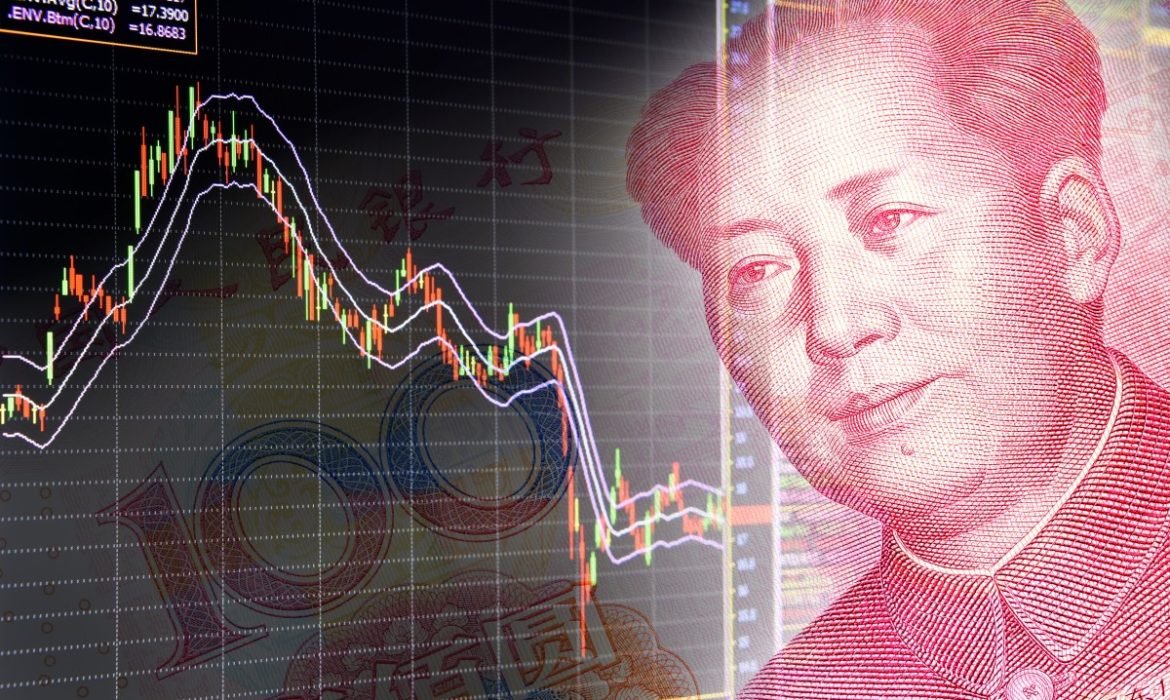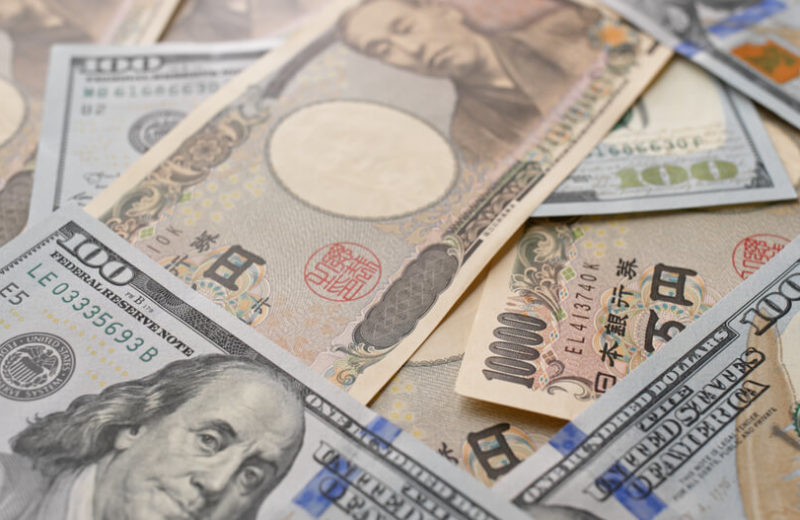As investors assess health threat, Yuan, and the Australian dollar is under pressure. Nevertheless, analysts say that the 2002-3 SARS epidemic didn’t have a lasting market impact.
On Wednesday, the yuan was on the back foot. Nevertheless, the yen was supported. Meanwhile, the investors were trying to assess the risk of the outbreak for a new coronavirus in China. The virus is disrupting the country’s trade partners and the economy.
The virus is similar to pneumonia. It has spread to cities, including Shanghai and Beijing. The number of patients is more than tripled. Some cases were also reported outside China, for example, in the United States.

The United States dollar slipped against the yen to 109.86 yen. The Tuesdays high was of 110.23.
On Tuesday, the offshore yuan lost 0.6%. It is the biggest fall in more than a month. The yuan last stood at 6.9100 per dollar.
What will Happen with Yuan?
Often used as a proxy bet on the Chinese economy, the Australian dollar fetched $0.6844. It is near its lowest levels in six weeks.
Headlines about the coronavirus evoked memories of the 2002/03 outbreak of SARS (Severe Acute Respiratory Syndrome). It led to a sharp downturn in tourism in Asia and killed nearly 800 people globally.
The director of currencies at Societe Generale in Tokyo is Kyosuke Suzuki. He said that the comparison is evident with the SARS incident. He said they still don’t know how lethal the new virus will be. Nevertheless, he thinks that the market doesn’t take it as seriously as SARS.
Back then, virtually and eventually, every company banned the travels to Hong Kong. Currently, there is not such a reaction.
Head of Japan research at JPMorgan is Tohru Sasaki. He said that the SARS outbreak caused a massive economic downturn in Singapore and Hong Kong for about eight weeks. It happened because of the drop in tourism.















